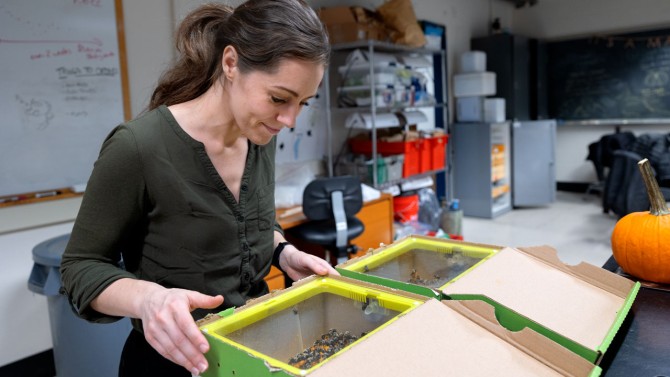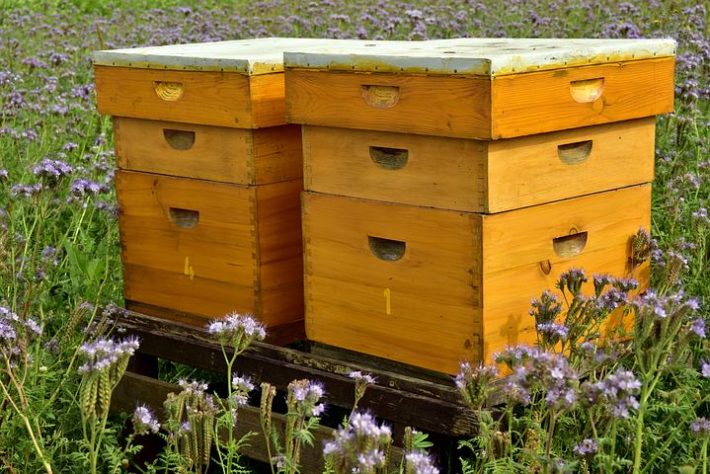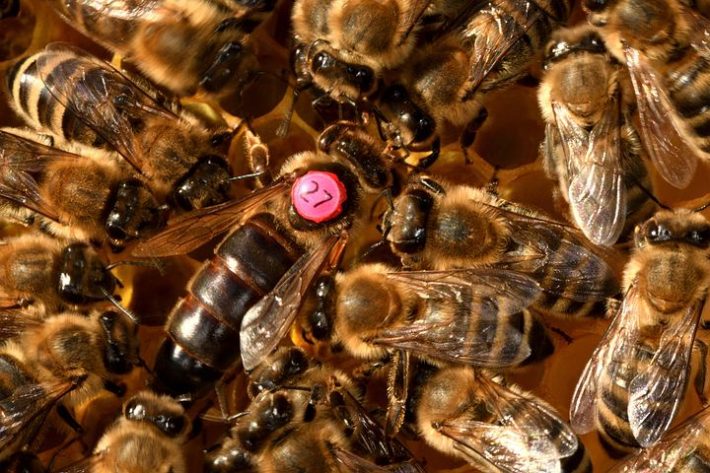Queen bees face death in commercial colonies
Cornell University Press Release
Researchers from Cornell University have made an alarming discovery – commercial beehive nests can lead to the death of wild queen bees. They investigate the cause of these deaths, as well as risk-mitigating technology to prevent them.

A new study published in the Journal of Applied Ecology sees Cornell University researchers investigating the phenomenon of wild queen bees dying in commercial bee nest boxes.
Researchers have hypothesized that the trend could be due to poor understanding of usurping behaviour. Usurpation is a natural behaviour in which a queen bee without an established nest attempts to take over the nest of another queen.
As commercial hives contain more worker bees on average than a natural nest, the usurping wild queens are killed by workers upon entry. Alongside this, the bright colours and smells of commercial nests may serve as hyper-attractive cues to queens searching for a nest.

These findings add to the list of human practices that contribute to the decline of wild bee populations. Heather Grab, senior author of the study, explained: “Every queen killed is now unable to start her own nest, leading to less worker bees later in the season for crop pollination.”
A way of combatting wild queens dying in commercial hives is to use existing technology called an ‘excluder’. These narrow the nest box doorway and are 100% effective at keeping the resident queen in an any usurpers out.
To test this, the researchers placed commercial bumblebee colonies in eight apple orchards around the Finger Lakes area of New York (US.) Half of these were set up with excluders and half were left without. Each hive’s original queen bee was marked, then the nests were checked every few days across a two week period.

The hives without excluders were found with more dead usurpers than those without, including one nest found with nineteen wild queens dead inside. Luckily wild eastern common bumblebees, like the majority of those the researchers discovered dead, are not a species of conservation concern.
However, other species were also found dead inside hives, such as the declining Bombus perplexus known colloquially as the Confusing Bumblebee. Grab emphasises that “If you are a commercial grower managing bumblebees, you may be reducing your overall pollination services without the use of risk-mitigation strategies like the queen excluder.”
To read the full article for free, for a limited time, click below:
, , , , , , , & (2023). Commercial Bombus impatiens colonies function as ecological traps for wild queens. Journal of Applied Ecology, 00, 1– 9. https://doi.org/10.1111/1365-2664.14353
Like what we stand for?
Support our mission and help develop the next generation of ecologists by donating to the British Ecological Society.